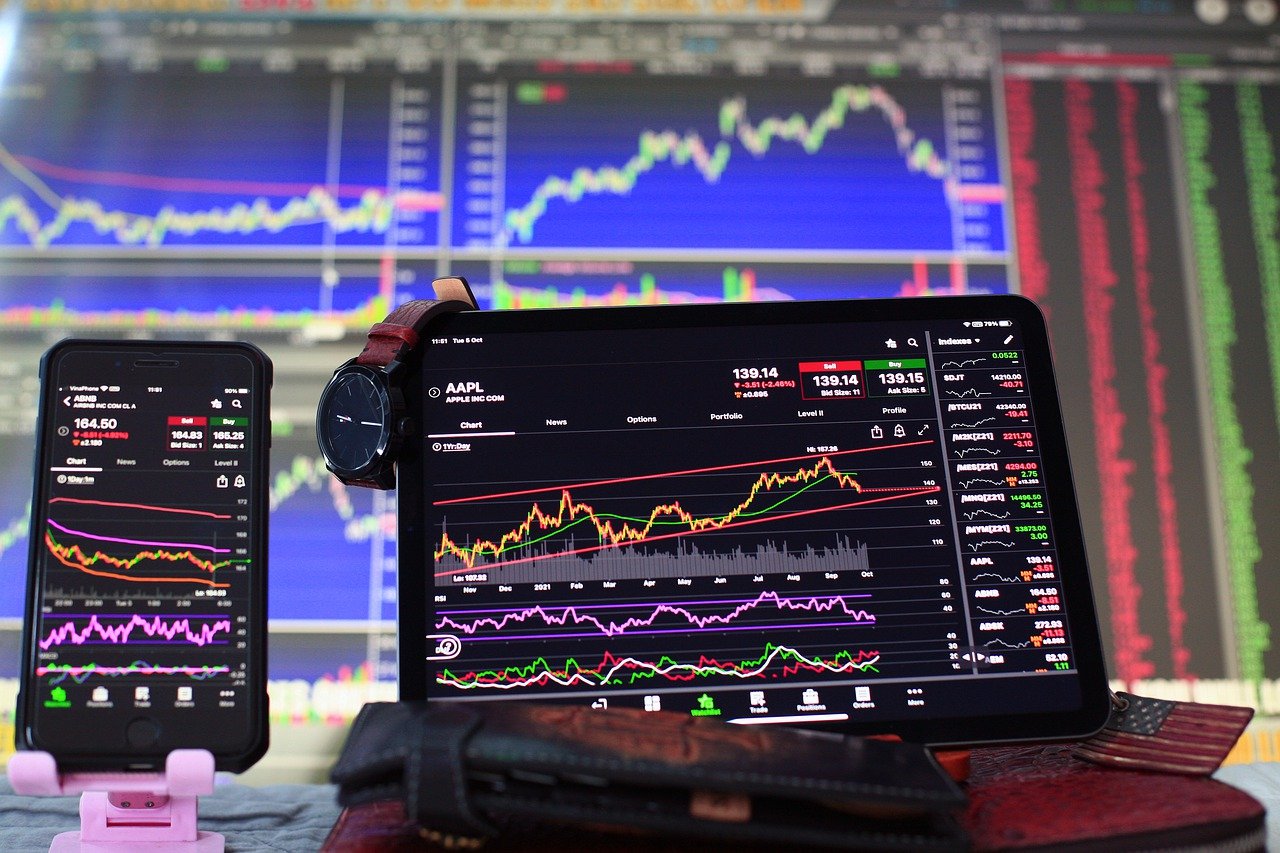Contracts for difference (CFDs) are contracts between two parties i.e. a buyer and a seller. The contract is based on an agreement that the seller will pay the buyer the difference between the asset’s initial value and the value of the same, at the end of the contract. So in essence the buyer gains the margins produced within the period the contract was open.
CFDs have many useful benefits including the fact that it allows investors to trade without actually owning any of the underlying assets. By simply investing in a fraction of the full value of the asset, traders can be huge beneficiaries of price movements.
CFD trading can, therefore, be loosely be defined exchange of CFDs. No underlying assets are sold in CFDs. This is because they are derivatives i.e. they get their value from underlying assets. In other words, CFDs allow traders to speculate on price movements within financial markets, without owning any assets themselves. So essentially, investors only pay a premium, which is a small percentage of the actual value of the underlying asset.
To trade CFDs, investors predict price movements within financial markets and may gain a profit if their predictions were right.
Going Long Or Short
One of the advantages of CFDs is that it allows investors to speculate on changes in prices in a financial market in either direction. In other words, traders can predict upward or downward changes in prices. This essentially means that traders can profit from both increases and decreases in asset value in the market as long as their predictions were correct.
Going Long
When an investor anticipates that prices of underlying assets will rise, then they may opt to buy CFDs. This type of CFD trading is referred to as going long. If the predictions are correct, the investor will benefit from the rise in price value.
Going Short
When an investor anticipates that prices of underlying assets will drop, then they may opt to buy CFDs. This type of CFD trading is referred to as going short. If the predictions are correct, the investor will benefit from the rise in price value.
The benefit of both forms of CFD trades is that, if the predictions were right, profits will be achieved once the trading position is closed. The downside is that it is also possible to make losses if predictions are wrong.
One of the main benefits of CFD trading is that you can speculate on price movements in either direction, with the profit or loss you make depending on the extent to which your forecast is correct.
How To Trade CFDs
CFD trading is based on speculation on price movements within a market.
Supposing an investor thinks the shares in a company are about to rise in terms of price, they could buy a share CFD on the company. This will open a trading position. At the end of the contract, the trading position will be closed by selling the shares. The investors gain the difference between the selling price and the buying price. This difference can be in the form of a profit or a loss.
Steps To Trading CFDs
- Choose a market – An investor needs to decide which market to trade on. Also, it’s important to have a clear plan and focus on a particular strategy.
- Buying or selling – Based on research and analysis, decide on whether buying or selling (going long or short) is the best choice.
- Select your trade size – Investors should have a trading budget. Decide beforehand, how many CFDs you want to trade. Keep in mind that a single CFD is the equivalent of one physical share in most trades.
- Add a stop loss – As a protective measure, use a stop-loss order. This will automatically close your trading position to keep the price moves from moving too far against you.
- Monitoring and closing the trade – Keep track of price movement in real-time once you have opened a trading position. You can notice whether you are making profits or losses. To close the position, simply select the close trade option.
Wrapping Up
CFDs are a unique form of trading that is mostly used by advanced traders. It has several benefits but it can also be quite risky.


Comments are closed